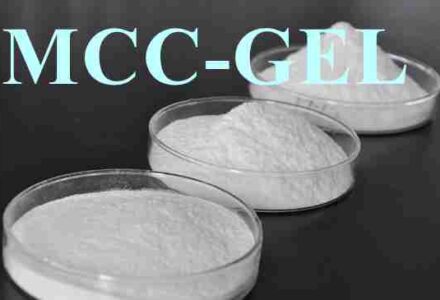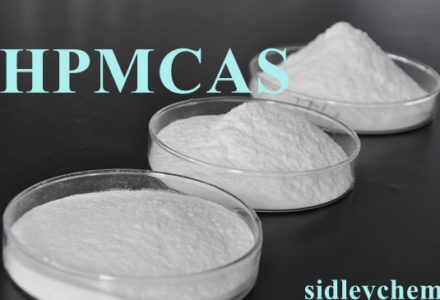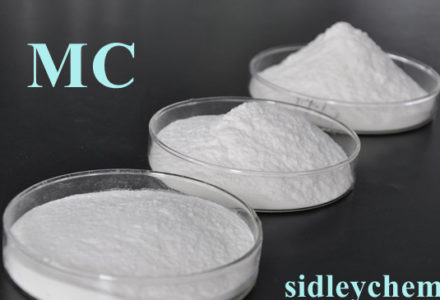The traditional method of pasting tiles or stone is to adopt the on-site preparation, mixing cement, sand, 108 glue and water according to a certain proportion and then pasting. Since the water retention of mortar of this kind is low, tiles should be soaked and wetted in water beforehand, and then put mortar onto the.. read more →
①. It has good water retention. Tiles do not need soaking treatment before pasting, can be used in construction for a longer time and smeared in large area; it has good adhesion effects, strong vertical flow resistance, and the construction can be from top to bottom. ②. Since it has good workability, slide resistance,.. read more →
The material composition of ceramic tile adhesive mortar generally includes: ①Cement: inorganic cementing material; ②Redispersible latex powder: enhancing the bonding strength for all substrates (especially non-porous substrates and large-size tiles; or pasted on the smooth surface and unstable substrates), increasing the tensile strength, reducing the elastic modulus, increasing the water retention, improving the workability, and.. read more →
The building gypsum is the main raw material that guarantees the bond strength of adhesive plaster, and should meet the requirements of national standard GB / T 9776-2008. As for the setting time of building gypsum, the standard requires that the initial setting be greater than 6min and that the final setting be less.. read more →
Plastering mortar is a functional material rather than a structural material, and mainly plays the role of protecting the wall, in addition to leveling the wall. The quality of plastering mortar is ultimately reflected in its project quality. The main problems existing in plastering mortar are cracking, hollowing and shedding, for which a major reason.. read more →




